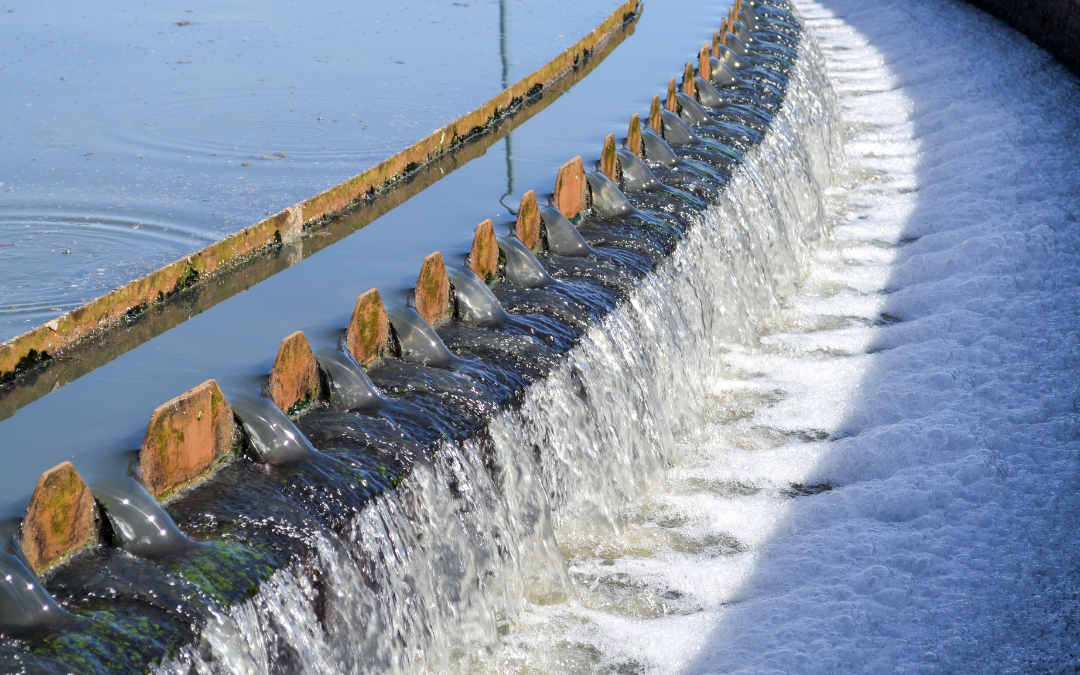Phosphorus Removal and Sludge Management
Removing phosphorus from wastewater usually involves use of a coagulant, especially if you have a low Total Phosphorus (TP) limit. Traditional coagulants, carried over from the water treatment side of the industry, are based on iron or aluminum. For water treatment, where the goal is the removal of a variety of contaminants, these work well as they are not selective for phosphorus. They form fluffy sweep flocs, positively charged clusters that trap many different types of particulates, particularly negatively charged clay, and eventually settle, cleaning the water. They work great if you want to remove clay and silt. However, these flocs have several serious drawbacks when it comes to removing phosphate from wastewater. They trap a lot of particulates that are not phosphate, leading to additional sludge. But even worse, these flocs trap a great deal of water and are difficult to dewater. Because they are not selective, the lower the total phosphorus limit the more you must use, often needing at least 4 and maybe as much as 8 or more molecules of the iron or aluminum salt per molecule of phosphate removed. That is a LOT of sludge!
Phosphate removal that is selective, without the excess sludge
Lanthanide based coagulants like Neo WaterFX work entirely differently. These lanthanides are selective, with a strong chemical affinity for phosphorus. Once bound, the phosphorus forms a dense crystal with the lanthanide salt in a near 1 to 1 molar ratio. You don’t waste coagulant on other contaminants, lanthanides focus only on phosphorus. That is a lot less sludge!
Less water means drier sludge that is easier to dewater.
Lanthanides do not form a floc, so they don’t trap water within the floc. These crystals are drier, so they are easier to dewater, requiring less polymer – so less bulk added to the sludge during the dewatering process. All this adds up to significantly less volume and weight of sludge requiring disposal.
Phosphorus removal with less sludge means cost savings!
So, to recap, the traditional iron and aluminum-based coagulants were adopted from water treatment and are more suited to the contaminants found in source drinking water than to wastewater phosphorus removal. For removing phosphorus, choosing a coagulant that is selective for phosphate, like WaterFX300 provides several cost saving benefits:
- Less chemical sludge produced
- Drier, denser sludge going to processing
- Reduced polymer use
- Faster, more efficient dewatering
- MUCH drier final sludge and less volume for reduced sludge disposal costs.
Additional benefits from switching to WaterFX for phosphorus removal
There are numerous other operational benefits to making the switch to Neo WaterFX. Explore our website to learn about the other advantages and read how WaterFX has helped many wastewater facilities reduce sludge, stabilize their pH, reduce costs, and increase safety. Then contact us to see what Neo WaterFX can do for YOU!



